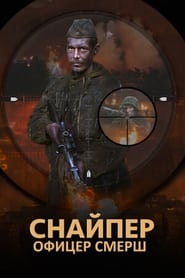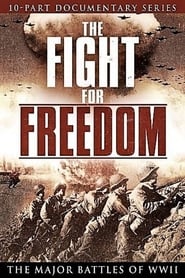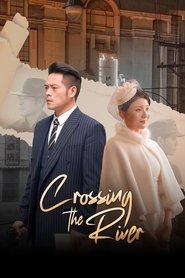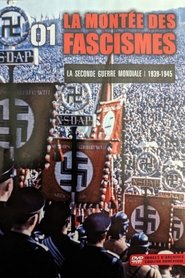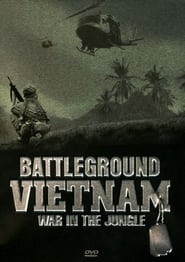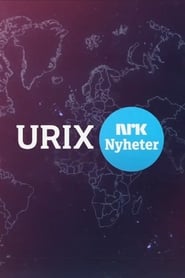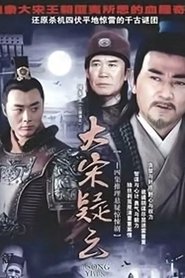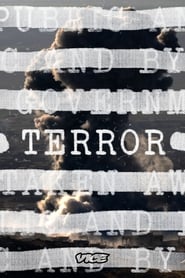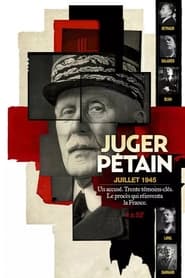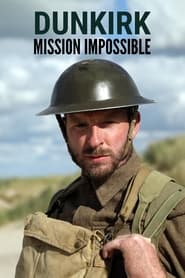War Politics TV Series - Page 113
-
Neemias
2024
Neemias
2024
-
The Sniper. Officer SMERSH
2020
The story of the irreconcilable confrontation between two professional snipers, senior lieutenant of the special department Egorov and Lieutenant Lother Von Dibitz, which began in 1943 in the siege of Stalingrad and continued in 1944 in the forests of Belarus. -
The Fight for Freedom Major Battles of WWII
2010
The Fight For Freedom The Major Battles of WWII takes viewers to the front lines of the European, the Pacific and the African theatres of the deadliest conflict in human history. . Entire hours are devoted to the great battles that would define the era and the devastating final conclusion that would introduce the world to the terrible possibilities that exist with atomic weaponry. Masterfully scripted and full of authentic footage, this is a collection that must not be missed. This comprehensive 10-part series chronicles the second half of this global military conflict in a masterfully scripted presentation filled with rare and authentic archive footage produced by internationally acclaimed documentarians, Pacific Media. -
Rudí prezidenti
2018
-
Crossing the River
2025
Crossing the River
2025
star 10In 1948, officers from the Third Field Army infiltrate Nanjing to aid the underground Communist Party in protecting intelligence, securing supplies, and undermining enemy forces, paving the way for the Yangtze River Crossing Campaign and the nation’s liberation. -
Explainer
0000
Explainer
0000
-
银翼战刃
2022
-
Hannity
2009
Hannity
2009
star 3.3Hannity is a television show on the Fox News network, a replacement to the long-running show Hannity & Colmes. It is hosted by conservative political pundit Sean Hannity. Following the announcement on November 25, 2008 that Alan Colmes would leave the show, it was decided that the show would simply be entitled Hannity. -
Drotárskym chodníkom
1983
Drotárskym chodníkom
1983
-
Battlefield: Vietnam
1999
-
Urix
0000
Urix
0000
star 7Urix is a foreign affairs television newsmagazine aired Monday to Thursday night on the Norwegian television channel NRK2, a subsidiary channel of the Norwegian Broadcasting Corporation. The first show aired on 2 September 2002, and is produced by the same crew as Dagsrevyen. The title is a play on the word Utenriks, meaning "foreign". The current presenters are Christian Borch and Annette Groth. Former presenters include Bjørn Hansen, Sigrun Slapgard and Gunnar Myklebust. -
边关烟雨
1996
边关烟雨
1996
-
花一样的女人
2014
花一样的女人
2014
-
VICE Terror
2016
VICE Terror
2016
Suroosh Alvi investigates the global jihadi movement: traveling to some of the most volatile countries, he speaks to victims, activists, government officials and fighters on both sides of the War on Terror to discover the line between isn't always clear. -
Juger Pétain
2015
-
Hitler's Power
2023
-
Le Der des Ders
2024
-
Dunkirk: Mission Impossible
2022
star 5Former marine JJ Chalmers gives a unique perspective on the evacuation of Dunkirk.

